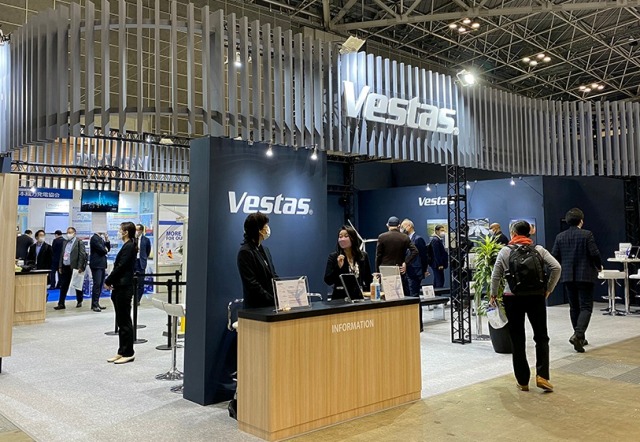Vestas announced its innovative solutions to reduce carbon emissions from its own operations — in collaboration with supplier Windcat Workboats.
Vestas is launching a pilot program to explore how the world’s first hydrogen-powered crew transfer vessel (CTV) can help cut carbon emissions from its offshore service operations.
The CTV is powered by a dual-fuel solution, capable of being powered by hydrogen in a combination with marine gas oil. Hydrogen fuel contains no carbon, signalling the potential to significantly reduce carbon emissions while maintaining the same power output. The solution will be tested as part of a pilot program at the Norther Wind Farm, and is planned to launch on 15 July.
The program, running until the end of 2022, will offer the chance for Vestas to explore the most scalable approaches to incorporate hydrogen into its operational setup. The goal of the trial will be to collect insights into the opportunities and limitations of hydrogen-powered vessels in daily operations.
“A broader application of decarbonising technologies can only progress with support from industry leaders, which is why Vestas is proud to be driving this pilot,” says Christian Venderby, Executive Vice President, Service, Vestas.
Carbon emissions associated with offshore operations account for one third of Vestas’ scope 1&2 emissions, therefore deploying hydrogen fuelled vessels will be crucial for Vestas’ sustainability journey. The CTV holds the potential to generate a CO2 saving of 158 tons, an estimated saving of 37 percent less carbon emissions in comparison to a traditional vessel.
The vessel is projected to be powered mostly by grey hydrogen due to a lack of green hydrogen in the amounts needed. Through the pilot, Vestas aims to mature a pathway for green hydrogen in its offshore operations, that can be leveraged once green hydrogen has reached the required level of maturity.
“This vessel, developed with our sister company CMB.TECH, offers the industry a cost-effective solution to significantly reduce emissions from service vessels, which can be applied to any wind farm today. By using dual fuel combustion engines, we can make hydrogen technology operational in the industry and kick-start further development of the technology, regulation, supply chain, etc.,” says Willem van der Wel, Managing Director of Windcat Workboats.
“The operation of a CTV in the North Sea that also runs on hydrogen will create the necessary demand for investments in hydrogen supply,” says Christophe De Schryver, Executive Manager, Norther Wind Farm.

